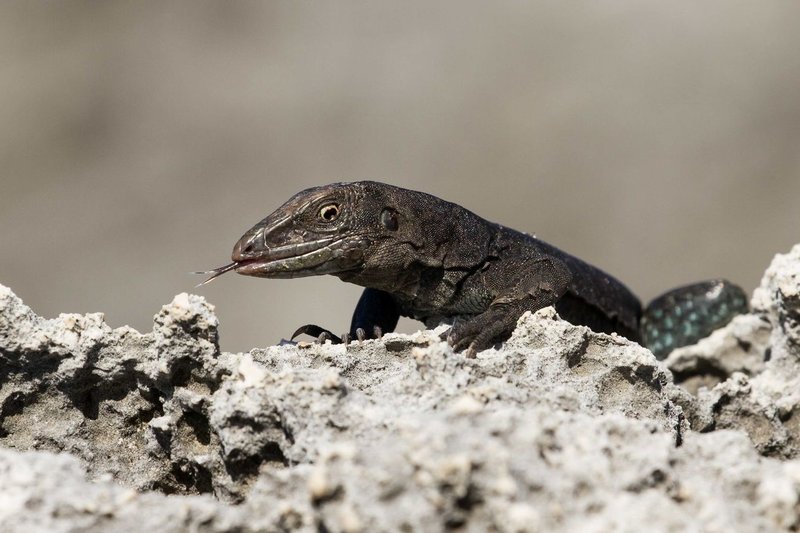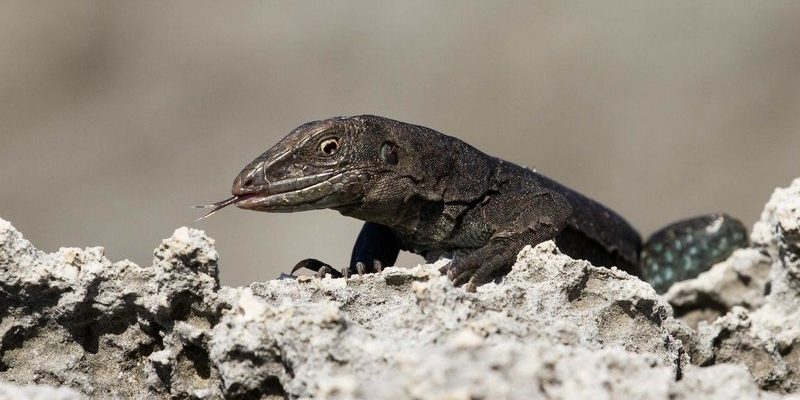
So, what’s happening with lizards? Are they really endangered? The truth is, many lizard species are under pressure due to habitat loss, climate change, and other human activities. But it’s not all doom and gloom; there are also some fantastic conservation efforts underway to protect these fascinating reptiles. In this article, we’ll dive into the current status of lizards and explore the ongoing conservation measures that aim to save them.
Understanding the Status of Lizards
Lizards are incredibly diverse creatures, with over 6,000 species known worldwide. However, the status of these reptiles can vary greatly. According to the International Union for Conservation of Nature (IUCN), approximately 20% of lizard species are currently threatened with extinction. This is often due to factors like habitat destruction, invasive species, and climate change.
Habitat loss is a major concern. Urban development, agriculture, and deforestation can strip lizards of their natural environments, making it impossible for them to thrive. Imagine trying to find a home in a bustling city; that’s what many lizards face when their habitats disappear. Additionally, as temperatures rise and weather patterns change, lizards are struggling to adapt. Some species may not cope well with the heat or changing food sources, leading to declines in their populations.
Furthermore, invasive species can complicate matters. Predators or competitors introduced into their ecosystems can threaten native lizards. For example, cats and rats are known to prey on many small lizards, while invasive plants may outcompete native vegetation, disrupting food sources. These challenges make it essential to regularly monitor lizard populations and employ effective conservation strategies.
Conservation Efforts for Lizards
Fortunately, there are various conservation efforts aimed at protecting lizards around the globe. Many organizations and local communities are stepping up to safeguard these reptiles’ futures. Some of the key strategies include habitat restoration, protected areas, and education programs.
One effective approach is habitat restoration, where organizations work to revive damaged ecosystems. This can involve planting native vegetation, removing invasive species, and creating safe corridors for lizards to thrive. For instance, in areas where forests have been cut down, replanting native shrubs and trees can provide shelter and food for local lizard populations.
Protected areas, such as national parks and wildlife reserves, serve as safe havens for lizards. By restricting development and human activity, these areas help preserve crucial habitats. According to a report by the IUCN, maintaining and expanding protected areas can lead to significant improvements in lizard populations. It’s like creating a safe bubble where they can live without constant threats.
Education is also key. By raising awareness about the importance of lizards and their role in the ecosystem, conservation groups can inspire local communities to take action. Schools and community organizations often host workshops and outreach programs, helping people understand why they should care about these little reptiles. Engaging the public can lead to better practices, like reducing pesticide use and supporting habitat conservation.
Success Stories in Lizard Conservation
Despite the challenges, there have been some heartwarming success stories in lizard conservation. For instance, the Brahminy Blindsnake in the Pacific Islands was once thought to be on the brink of extinction. However, through dedicated habitat protection and restoration efforts, populations have begun to rebound. This is a prime example of how concerted efforts can yield positive results.
Another success story comes from the California Gopher Snake. Once in decline due to habitat loss, conservationists worked tirelessly to restore its natural environment and educate the public about its ecological role. As a result, the population has stabilized, and the species is no longer considered at risk. It’s proof that when people come together for a cause, significant positive change can happen.
These examples not only highlight the resilience of lizards but also show the impact that targeted conservation efforts can have. It’s like planting a seed and nurturing it until it grows into a thriving plant; with the right care, even the most vulnerable species can flourish.
How You Can Help
You might be wondering, “What can I do to help lizards?” There are several ways anyone can contribute to lizard conservation, regardless of their location.
First, you can support local conservation organizations that focus on wildlife. Whether it’s through donations or volunteering your time, every little bit helps. Many organizations rely on funding to carry out their important work, so even a small contribution can make a difference.
Second, if you have outdoor space, consider creating a lizard-friendly garden. Planting native flowers and shrubs can provide essential habitats for lizards. Avoid using pesticides and herbicides, as these chemicals can be harmful to both lizards and their prey. By creating a safe environment, you’re doing your part to support local wildlife.
Finally, educating friends and family about the importance of lizards can spread the word about conservation efforts. Share your knowledge and encourage others to take action. We all share this planet, and the more we can do to protect it, the better for everyone—including our scaly friends.
The Future of Lizards
The future of lizards largely depends on what we do today. With ongoing habitat loss and climate change, many species still face significant challenges. However, thanks to committed conservationists and community efforts, there’s hope.
It’s essential that conservation efforts continue to evolve and adapt. By monitoring lizard populations, researchers can identify which species are most at risk and develop targeted strategies for their protection. This ongoing research is like keeping a pulse on these populations, ensuring we can act swiftly when necessary.
Moreover, fostering global awareness and action towards climate change is crucial. By addressing the root causes of habitat destruction and environmental shifts, we can create a better world for lizards and all wildlife. It’s a domino effect—when we protect their environments, we’re also safeguarding our own well-being.
Lizards may seem small, but their impact on the ecosystem is enormous. The ongoing challenges they face, from habitat loss to climate change, highlight the urgent need for conservation efforts. Fortunately, with various strategies in place and inspiring success stories, there’s hope for their survival.
By supporting conservation efforts, educating ourselves and others, and taking small actions to create lizard-friendly environments, we can all play a part in protecting these remarkable creatures. After all, every little bit counts, just like each lizard contributes to the intricate web of life. With concerted effort and awareness, we can help ensure that future generations will not only know about lizards but see them thriving in their natural habitats.

